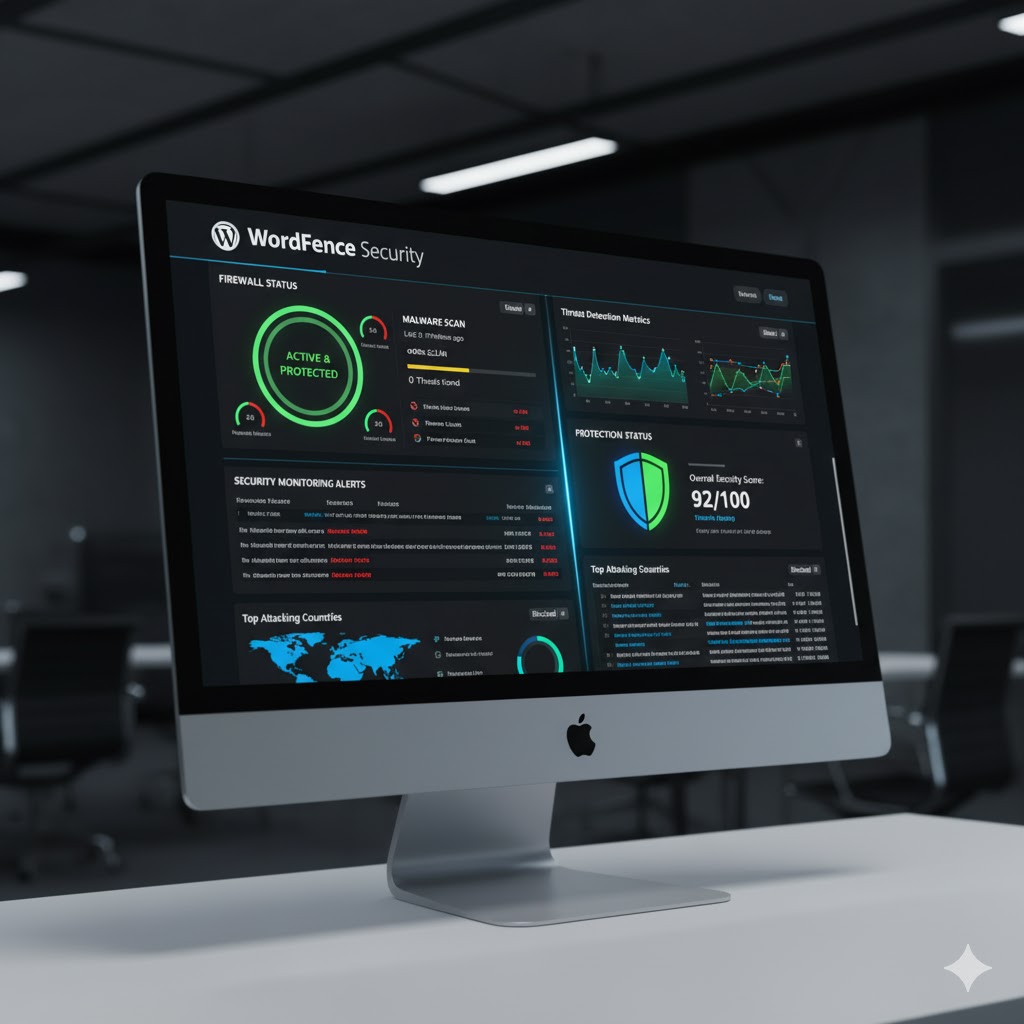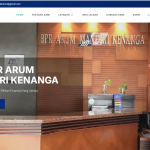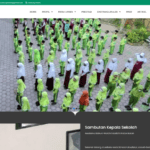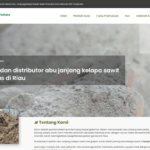Cybersecurity threats terus berkembang dengan increasingly sophisticated techniques yang target WordPress websites. Di tahun 2025, dengan increasing value dari digital assets dan growing sophistication dari cyber attacks, comprehensive security strategy menjadi absolutely essential untuk WordPress website protection. Understanding current threat landscape dan implementing multi-layered defense systems sangat penting untuk protecting data, maintaining user trust, dan ensuring business continuity.
Malware infections menjadi persistent threat yang dapat cause severe damage. Backdoor installations yang allow unauthorized access. Phishing scripts yang steal user credentials. SEO spam yang damages search rankings. Ransomware yang encrypts website data. Cryptojacking yang uses server resources untuk mining. Malware detection tools yang scan files regularly. Security monitoring yang identifies suspicious activities. Regular security audits yang assess vulnerability exposure.
DDoS (Distributed Denial of Service) attacks menjadi increasingly sophisticated. Volumetric attacks yang overwhelm server capacity. Application layer attacks yang exhaust resources. Multi-vector attacks yang combine different techniques. Amplification attacks yang leverage vulnerable services. Protection strategies include CDN implementation, rate limiting, traffic filtering, load balancing, cloud-based protection services, dan emergency response plans.
SQL injection vulnerabilities menjadi common attack vector yang dangerous. Input sanitization failures yang allow malicious queries. Prepared statement omissions yang increase vulnerability. Database privilege escalation that provides extensive access. Data theft yang compromises sensitive information. Protection methods include parameterized queries, input validation, privilege limitation, regular database audits, web application firewalls, dan security testing.
Cross-site scripting (XSS) attacks compromise user data dan session security. Stored XSS yang persists dalam database. Reflected XSS yang reflects malicious input. DOM-based XSS yang manipulates client-side code. Session hijacking that steals user authentication. Defense techniques include input validation, output encoding, Content Security Policy implementation, HttpOnly cookie configuration, regular security testing, dan user education programs.
Brute force attacks target WordPress login credentials secara persisten. Dictionary attacks yang use common password lists. Credential stuffing yang uses stolen credentials. Password spraying yang tries common passwords across accounts. Rate limiting yang prevents rapid attempts. Two-factor authentication yang adds security layer. Login attempt monitoring yang identifies threats. IP blocking yang stops malicious actors. CAPTCHA implementation yang prevents automated attacks.
Plugin dan theme vulnerabilities become common attack vectors yang exploitable. Outdated software yang contains known vulnerabilities. Poor coding practices yang introduce security gaps. Supply chain attacks yang compromise trusted plugins. Unauthorized modifications yang inject malicious code. Protection strategies include regular updates, security scanning, plugin reviews, vulnerability monitoring, secure development practices, dan minimal plugin usage.
Zero-day exploits leverage previously unknown vulnerabilities yang dangerous. Rapid exploitation windows yang minimize defense time. Widespread impact yang affects multiple websites. Emergency patching yang requires quick response. Protection approaches include virtual patching via web application firewalls, intrusion detection systems, security monitoring, backup systems, incident response plans, dan security vendor relationships.
Social engineering attacks manipulate human behavior yang effective. Phishing campaigns that steal credentials. Pretexting that creates false scenarios. Baiting that offers malicious incentives. Tailgating that follows authorized access. Defense strategies include user education, email filtering, multi-factor authentication, access control policies, security awareness training, dan verification procedures.
Supply chain attacks compromise trusted software sources yang dangerous. Malicious updates that distribute malware. Compromised repositories that serve infected files. Third-party dependencies that introduce vulnerabilities. Protection methods include software verification, code signing, dependency scanning, vendor security assessments, regular security audits, dan secure development practices.
Ransomware attacks encrypt website data dan demand payment. File encryption that locks access to content. Database encryption that prevents data recovery. Website defacement that damages reputation. Business disruption that causes financial loss. Protection strategies include regular backups, file integrity monitoring, access control, security awareness training, incident response planning, dan cyber insurance coverage.
WordPress core vulnerabilities require immediate attention dan patching. Authentication bypasses that allow unauthorized access. Privilege escalation that increases access levels. Remote code execution that enables control takeover. Information disclosure that reveals sensitive data. Protection approaches include regular core updates, security monitoring, vulnerability scanning, patch management systems, security hardening, dan professional security services.
API security threats increasingly target WordPress integrations. Authentication bypasses that compromise API access. Data exposure through insecure endpoints. Rate limiting bypasses that enable abuse. Man-in-the-middle attacks that intercept communications. Protection techniques include API authentication, input validation, rate limiting, HTTPS encryption, API key management, dan regular security testing.
Insider threats originate dari trusted users yang dangerous. Privilege abuse that exceeds authorized access. Data theft that compromises sensitive information. Sabotage that damages systems intentionally. Accidental damage that causes security incidents. Protection strategies include access control, user monitoring, security policies, separation of duties, regular audits, dan employee background checks.
WordPress security monitoring sangat penting untuk threat detection. Real-time threat detection yang identifies attacks immediately. Security event logging yang records all activities. Vulnerability scanning yang identifies weaknesses. Intrusion detection that recognizes attack patterns. Security analytics that provides insights. Alert systems yang notify security teams.
Incident response planning sangat penting untuk effective breach handling. Preparation phase yang establishes response procedures. Identification phase yang detects security incidents. Containment phase that limits damage spread. Eradication phase that removes threats. Recovery phase that restores operations. Lessons learned phase that improves future responses.
WordPress security best practices sangat penting untuk comprehensive protection. Regular updates yang patch vulnerabilities. Strong authentication yang prevents unauthorized access. Secure hosting yang provides security infrastructure. Regular backups that enable recovery. Security education that builds awareness. Professional security services yang provide expertise.
Future cybersecurity threats sangat penting untuk proactive defense. AI-powered attacks yang adapt dynamically. Quantum computing threats yang break encryption. IoT vulnerabilities that expand attack surface. Cloud security challenges that require new approaches. Blockchain security considerations that address new technologies. Advanced persistent threats that require sophisticated defenses.














0 Comments